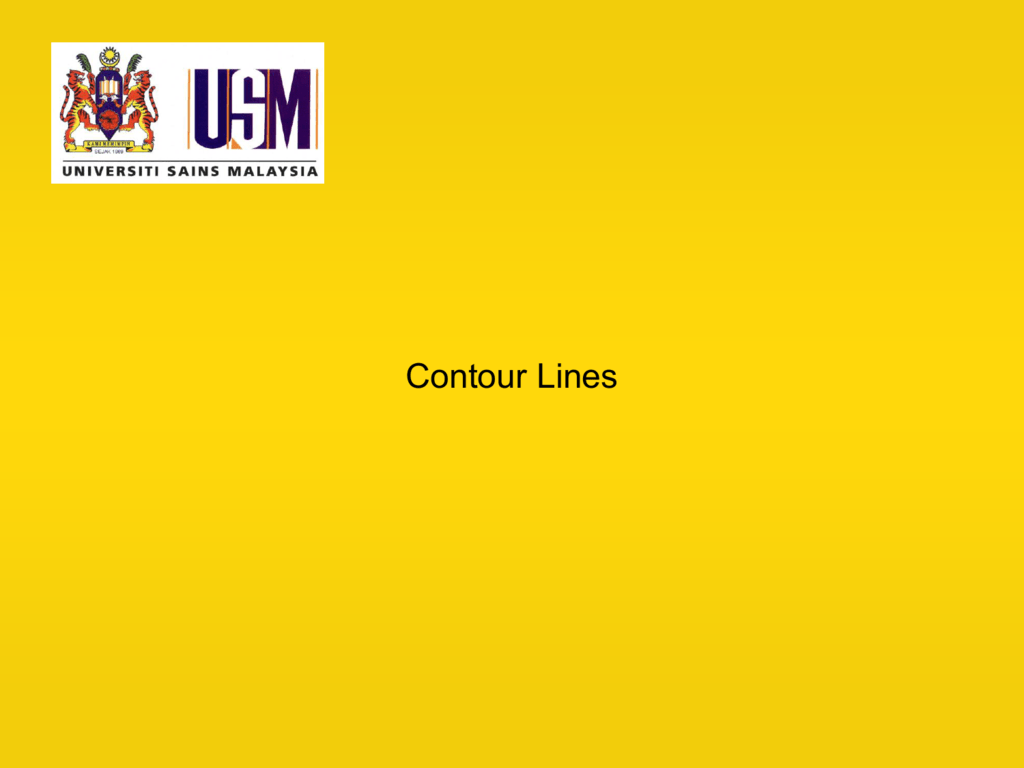
The results can be utilized in various domains related to DEM quality assurance. This work introduces an information theory-based approach to DEM quality assessment. The approach is utilized in existing e-Government WebGIS services. The results were proved by a visual analysis. This method was tested on Turin (Italy) data sets. In this article, we propose a simple method allowing users to evaluate the quality of DEM produced from a contour line map and define an optimal interpolation algorithm. Defining an optimal algorithm of contour line interpolation and evaluation of the quality of DEM is an important challenge. For many cities around the world, contour line maps available under liberal licenses. Thus, it is very effective to use contour line maps to derive high-quality DEMs. Such data are not available for the wide public. DEMs can be produced using expensive modern remote sensing solutions (e.g., LIDAR). Map based applications could be significantly improved by utilization of digital elevation models (DEMs). Citizens expect high quality and rich e-Government solutions. Retaining wall heights for proposed routes AB and EF would be moderate compared to CD.Abstract. And joins the point of the reduce level (R.L.), this is contour. The area between two contour lines contains only grid nodes having Z. This indicates steep slopes and costly and high retaining walls. A contour is an imaginary line on the ground that connects points at the same elevation. The relative spacing of the contour lines indicate the relative slope of the surface. Contours for the most part are tightly packed along CD. ‘However, there is a 940m contour line on the western peak which infers, but does not guarantee, that the land within it is likely to be higher than 940m.’. ‘every valley bottom below a certain contour line must have been soggy and at times impassable’. A large retaining wall is needed in this section. A line on a map joining points of equal height above or below sea level. Contours 120 and 130 are locate just north of the road CD.

The northwestern end of route CD goes through contour 110. The drainage infrastructure build up costs would be less for CD.

Drainage to route EF would be higher than route AB, therefore drainage costs for the route EF would be higher than AB. Since on site cut material could be used, the cost could be cheaper.Īs per contours given, the hills to the north would drain to the proposed routes AB and EF. It can be argued that the cut from the northwestern end can be utilized for the fill in the southeast end of the road. EF route needs more fill than AB route.ĬD-The CD route has plenty of cut (the northwestern end) while the southeast requires fill. Here is the formal definition of a contour plot: A level curve of a function f (x. The proposed route requires a large amount of fill that needs to be brought in from outside.ĮF-Proposed road EF goes mostly through 60 and 70. xi np To add contour lines when you create a graph. When the proposed road passes through 80 and 70 contours, fill is needed to bring it to 90 ft. Perimeter-Area RelationshipĪB-The proposed road elevation is at 90 ft, AB passes mostly through contours 80 and 70. The average value of the map is then taken to be the fractal dimension of the surface.
#Contour line definition plus
This method improves the accuracy of computing the fractal dimension of a surface by computing the fractal dimension of the vertical slices in the x- and y-directions plus 1, and generating a new map of the fractal dimensions created where each point is defined by the average fractal dimensions of the two profiles intersecting at that position. Another choice can be made with regard to the 1D algorithm used to compute the fractal dimensions. To add flexibility, this technique can be implemented with the possibility of computing either or both directions (rows and/or columns) and to consider only a limited number of slices.

This approach considers the fractal dimension of the surface to be the normal average of all the vertical slices in the x- and y-directions plus 1. The results are generally close to those computed using the box counting method for fractal dimensions between 2.1 and 2.4.


 0 kommentar(er)
0 kommentar(er)
